Buying a 1960s classic car for £10k or less
For many, 1960s classic cars represent a golden era of motoring. The decade saw the launch of some true motoring icons – but while you can still find hundreds of 1960s cars for sale, many models have grown out of reach thanks to increasing values and rarity. Is it still possible to pick up a ‘60s classic for £10k or less? We hit the classifieds to seek out ten of the best…
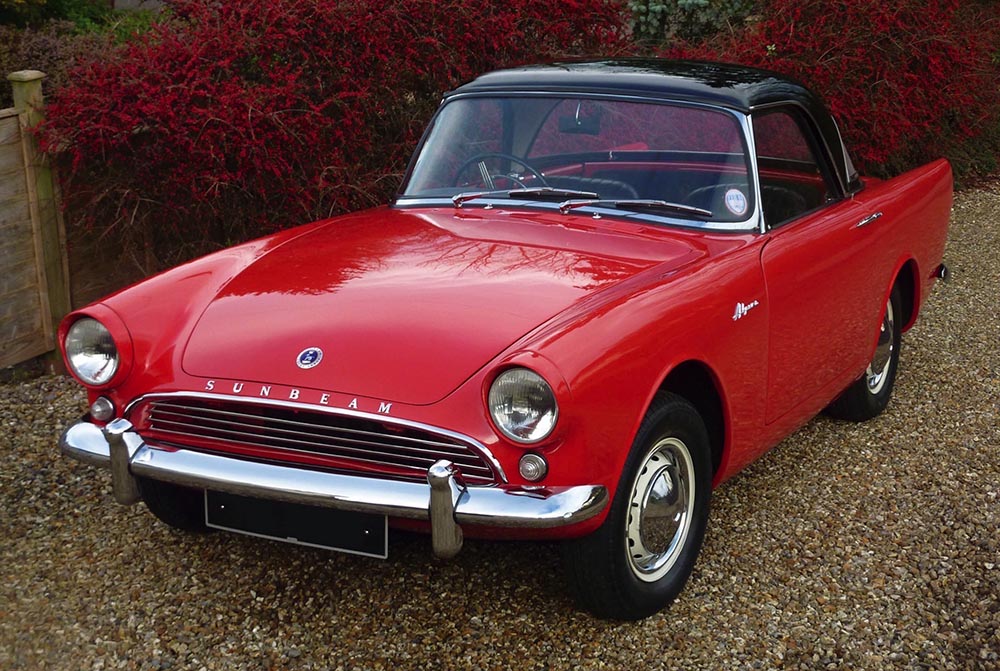
Credit: Veloce Publishing
Sunbeam Alpine
Forget the Esprit and DB5 – if you’re looking for a Bond car on a budget, you’ll need the original. The 1962 film Dr No saw Sean Connery behind the wheel of a Sunbeam Alpine, earning it the title of the first ever Bond car to appear on screen. Incredibly, 007 even managed to make the Alpine’s tyres squeal on gravel during that infamous chasing sequence. Our budget does leave us at the lower end of the market but will still stretch to later models from Series III onwards. Interestingly, around 200 more examples have been registered in the UK over the last 20 years, pointing to its popularity as an import.
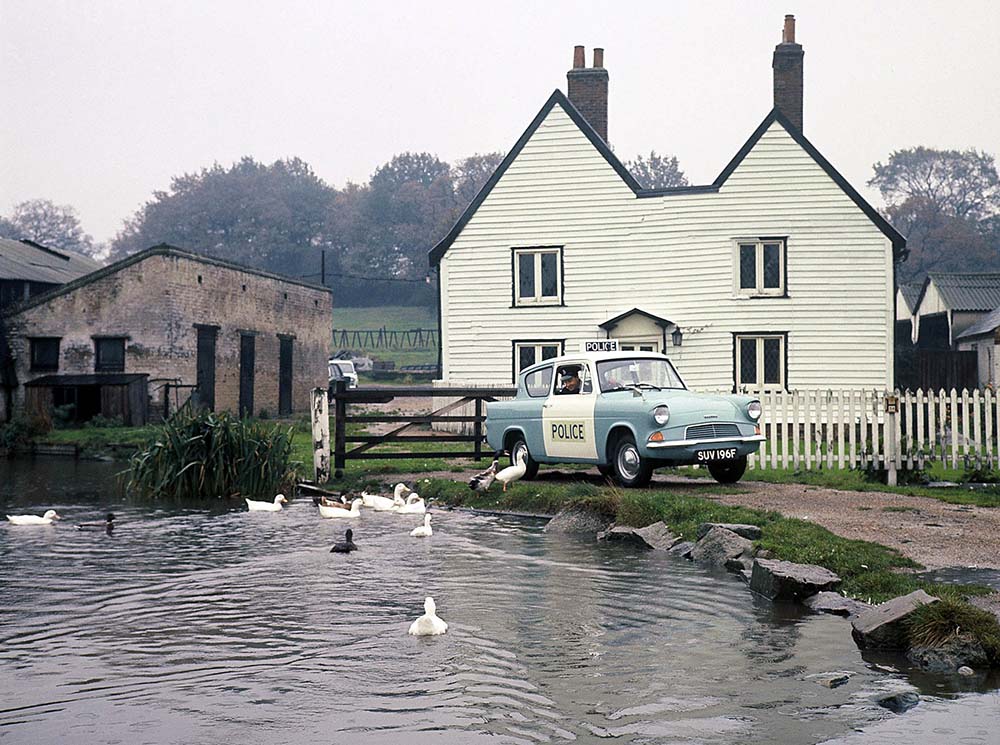
Credit: Ford Motor Company
Ford Anglia (105E)
All but the roughest two door Ford Escorts exceed our budget these days, but examples of its predecessor remain within reach. Around £10,000 will secure a usable fourth-generation Anglia 105E, if you can find one. The model doesn’t quite have the Escort’s motorsport pedigree - most examples were fitted with Ford’s 997cc Kent engine, which wasn’t quite enough to make the Anglia fly. It would eventually take off (literally) in the 2002 blockbuster Harry Potter and the Chamber of Secrets. While you may have to live with the occasional heckle from a J.K. Rowling fan, the Ford Anglia is still a fantastic way into the classic Ford scene on a modest budget.
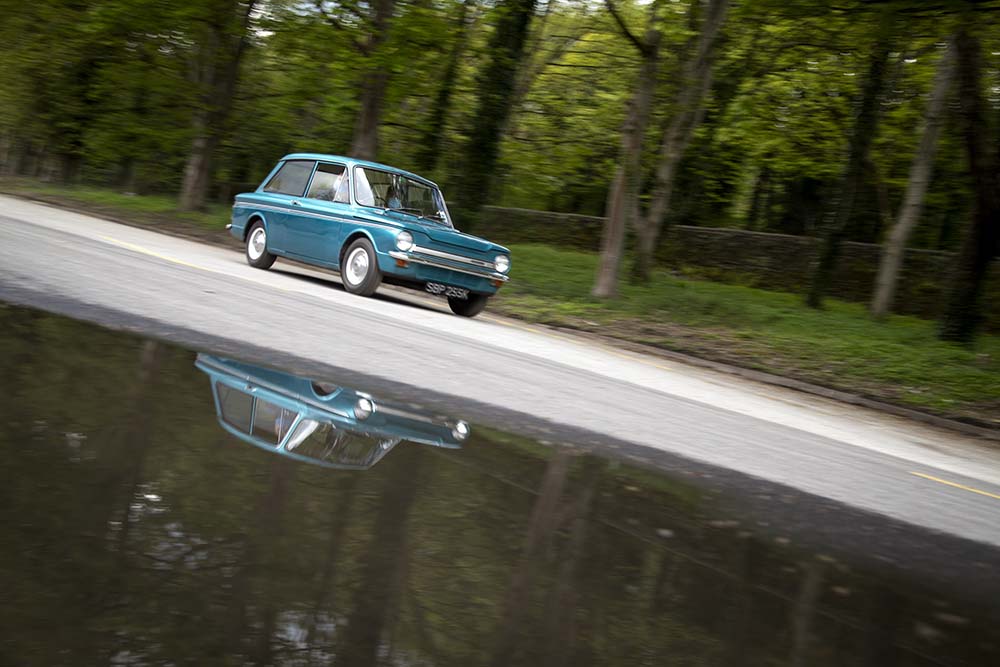
Credit: Great British Car Journey
Hillman Imp
We don’t quite have time to delve into the story of the Hillman Imp; suffice to say the conception and early life was no fairytale. Built by the hugely ambitious British manufacturing conglomerate Rootes Group, it was a new small car designed to steal the Mini’s thunder. The Imp was praised for its design and handling, underpinned by clever rear-engine packaging that maximised interior space and driver engagement, but numerous reliability complications damaged its reputation at the beginning of production. Today, the Imp is popular in historic racing and the classic modified scene. Though unable to topple the Mini back in the day, the battle continues in the Historic Saloon Car Championship.
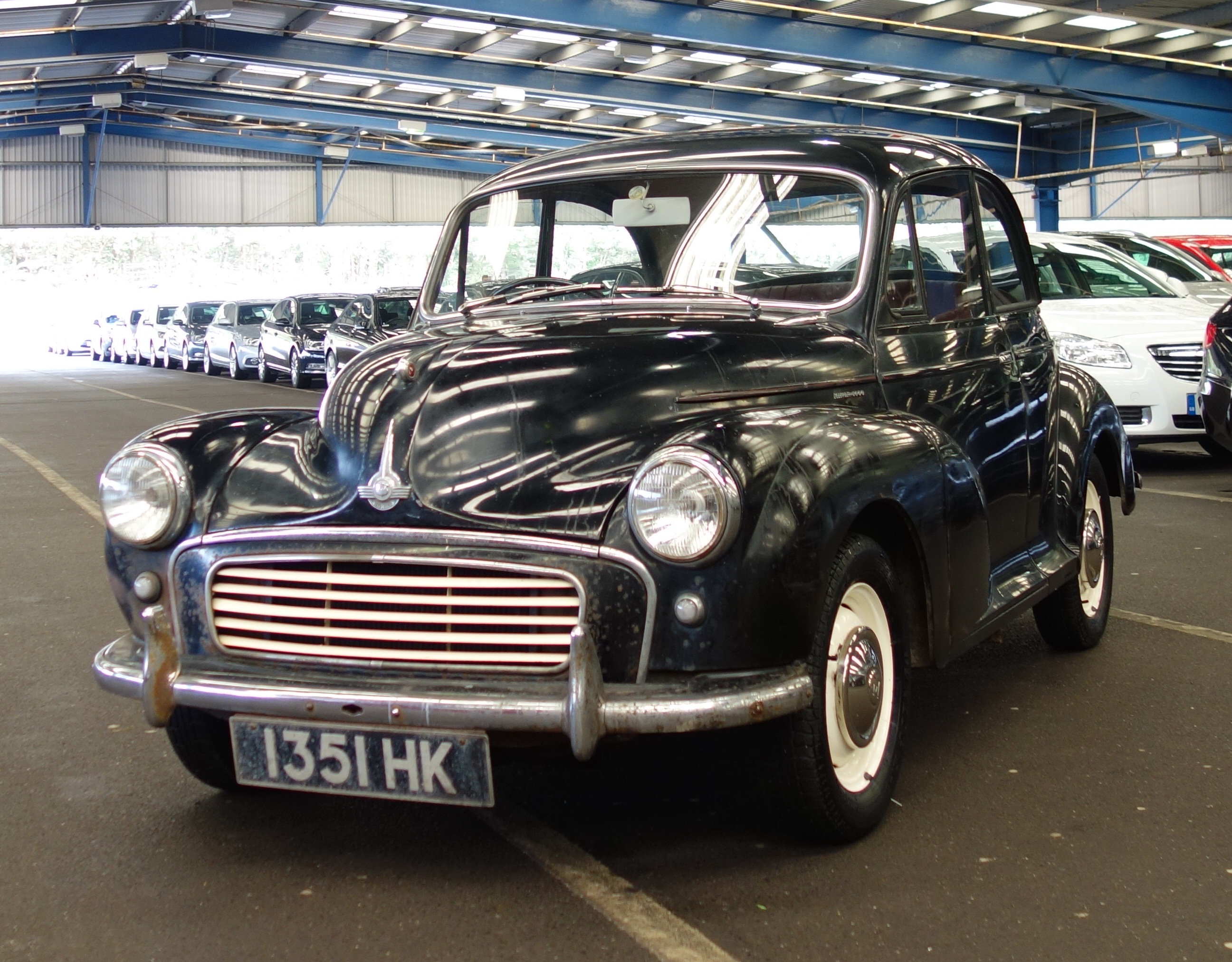
Credit: BCA
Morris Minor
Italian designer Alec Issigonis is most famous for the original Mini but his first moment of genius arrived a few years earlier, with a car affectionately known as the Moggie. Originally launched shortly after the Second World War, the Morris Minor became the first British car to sell more than 1,000,000 units in December 1960. Production continued for another 11 years, and the Minor remains a hugely popular British classic to this day – in fact, it’s the most popular car insured by Footman James.
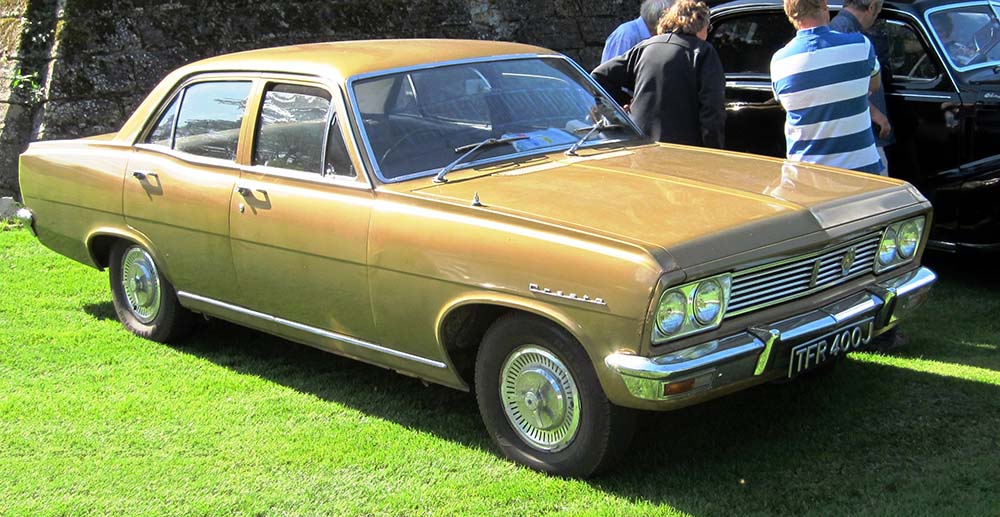
Credit: Charles01 (WikiCommons)
Vauxhall Cresta (PC)
The Cresta PC was the fourth and final generation of Vauxhall’s range-topping executive saloon, arriving in 1965. A thirsty 3.3-litre straight six engine means the Cresta is the least economical option on our list, but who wouldn’t enjoy cruising round in a well-kept example of Vauxhall’s sixties flagship? If we’ve whetted your appetite, you should also know the Cresta has become incredibly scarce. At the time of writing, we only found one for sale – the good news is that any survivors should be in decent condition and may have been subject to a restoration. Find one and treasure it.
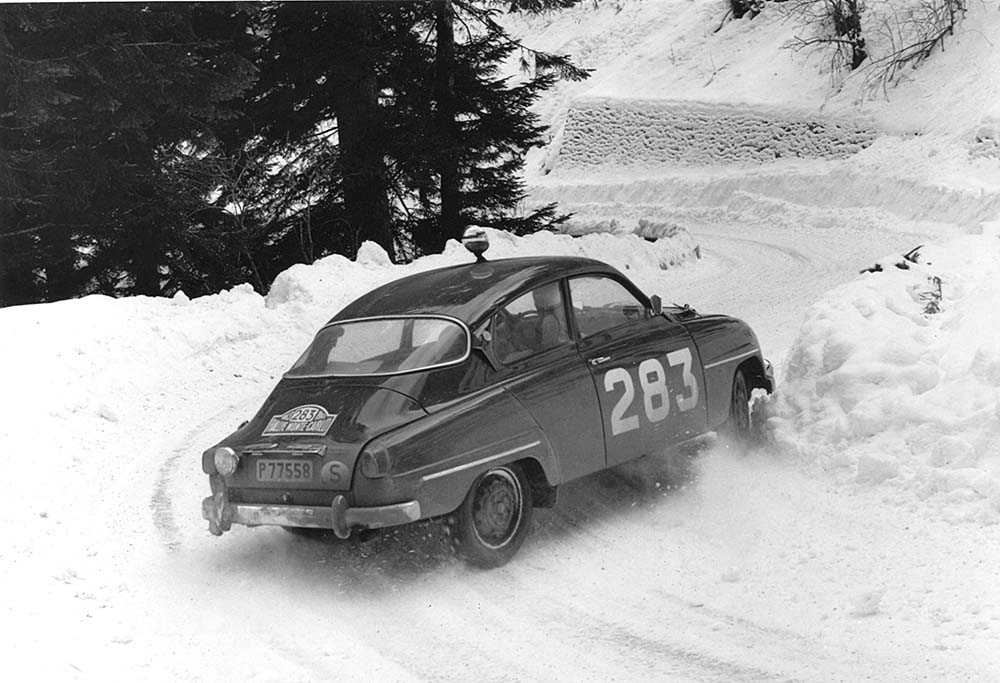
Credit: Saab Media UK
Saab 96
More than a decade since the unfortunate demise of Saab, many of us still mourn the loss of one of Sweden’s finest exports. What better way to celebrate the company than by preserving one of its best-loved designs? The 96 was the third model Saab released and also the third designed by Sixten Sason, sharing styling cues and a basic chassis with its 93 and 92 predecessors. Launched in 1960, it would go on to have a 20-year production run, but perhaps its finest moments came on the rally stage. Three consecutive RAC Rally wins followed by two Monte Carlo titles mean the 96 has proper motorsport pedigree – it deserves to be celebrated as an important car from a much-missed manufacturer.
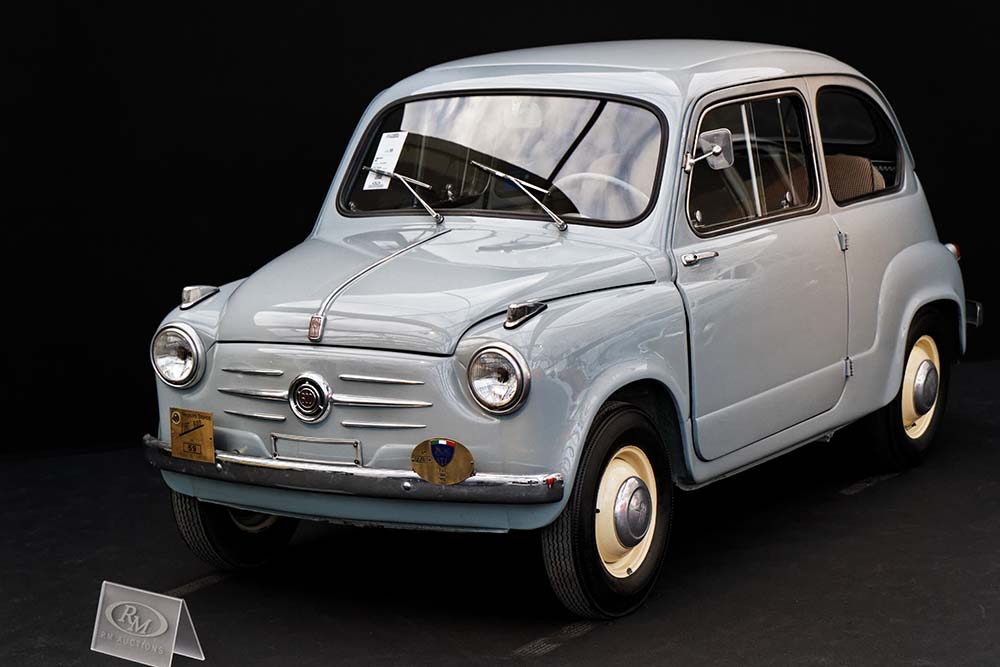
Credit: Thesupermat (WikiCommons)
Fiat 600
If the topic is cars that have lived in the shadow of their sibling, allow us to nominate the Fiat 600. Despite outselling the smaller second-gen Fiat 500 in period, the 600 is often overlooked by classic enthusiasts today. Examples are often cheaper than the cutesy Cinquecento and owners often find the 600 to be a more practical option, with a more spacious interior and a water-cooled engine. The model wore NSU and SEAT badges in some markets, the latter marque also building a longer wheelbase four-door variant known as the SEAT 800. If you’re looking for an Italian microcar that’s a little more left of field, the Fiat 600 makes a lot of sense.
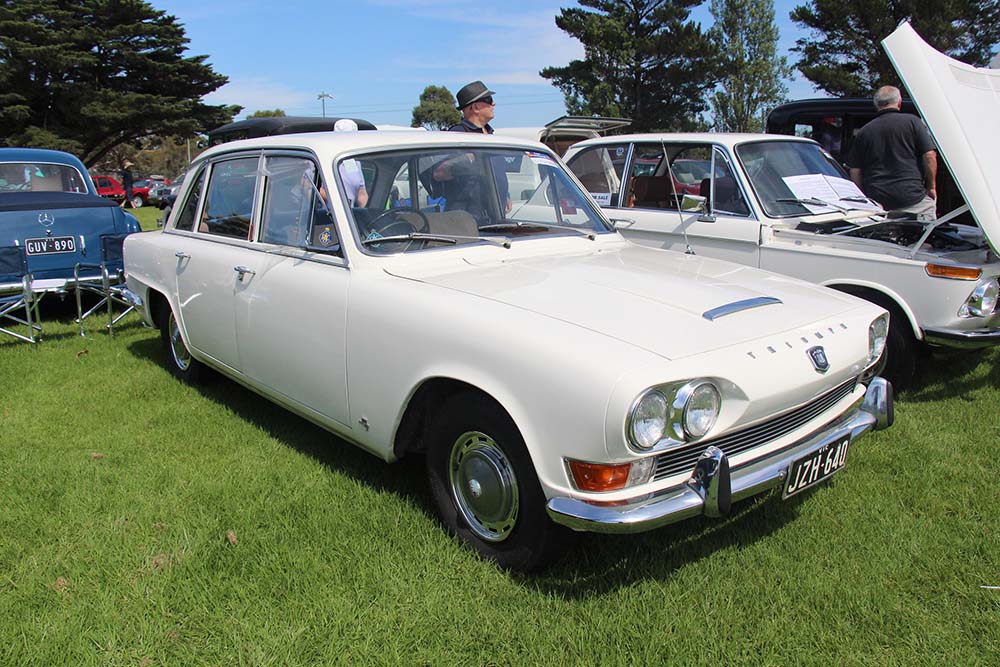
Credit: Cars Down Under (Flickr)
Triumph 2000
What does an Alpine A110, a Leyland National bus and a Triumph 2000 have in common? Well, they were all designed by Giovanni Michelotti. In fact, the Italian designer was responsible for styling some of Triumph’s best-loved cars throughout the ‘60s and ‘70s - we’ve selected the Mk1 2000 Saloon for its rarity and relative affordability. BMW would later become renowned for building pretty, straight-six-powered, rear-wheel drive conventional saloon cars – perhaps we don’t give Triumph enough credit for doing the same thing as early as 1963.
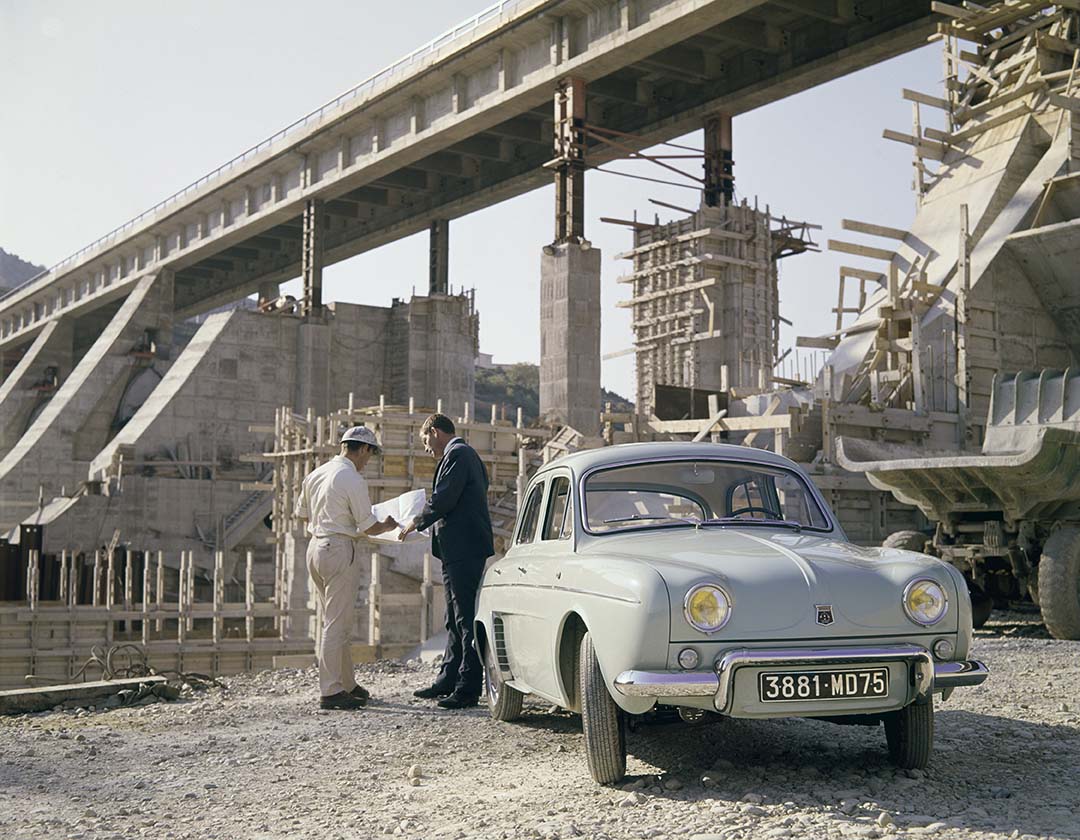
Credit: Newspress
Renault Dauphine
This rear-engined Renault might be the rarest on our list, with around 20 currently registered on our roads. Broaden the search to the continent, though, and you’ll find a few more examples within budget. The Dauphine – that’s French for ‘dolphin’, in case you were wondering – has a rear-engine, rear-drive configuration, with all versions powered by an inline 4-cylinder 845cc engine. The model was a huge European sales success for Renault, and we think the quirky styling has aged beautifully. You’re also unlikely to find yourself parked alongside another at a classic car show.
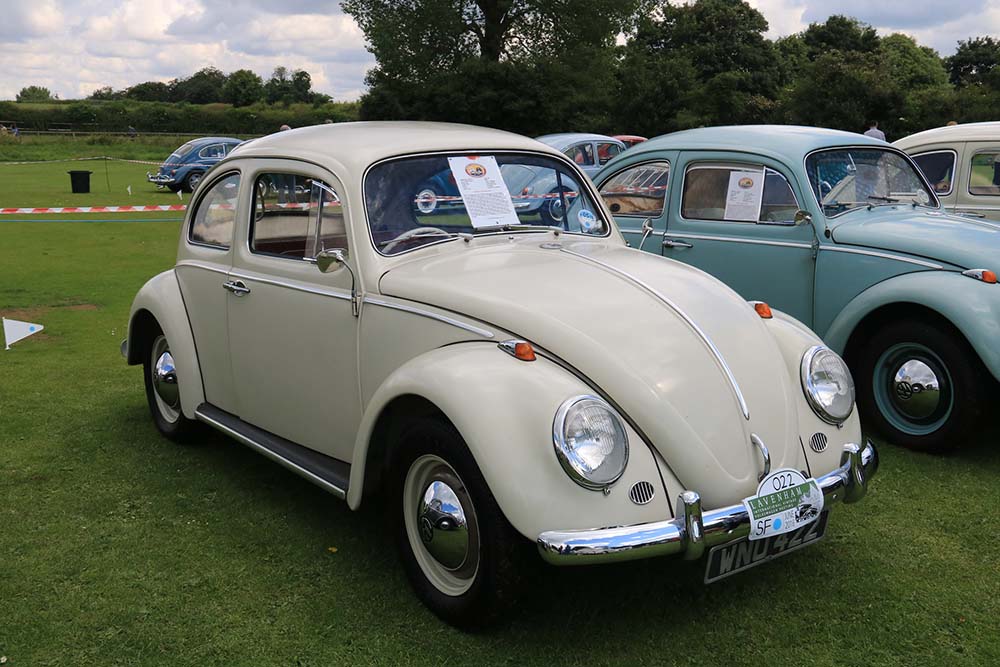
Credit: Karen Roe (Flickr)
Volkswagen Beetle
We couldn’t leave the Beetle out, could we? Thanks to a mammoth 65-year production run, the original people’s car remains the longest-running and most-produced single platform car of all time, with around 21.5 million examples built before July 2003. Narrow your search to ‘60s Beetles and you’ll still need to choose between cars built in Germany or Mexico, and whether you’d like a 1200cc, 1300cc or 1500cc engine. Good examples remain relatively plentiful; it may make sense to import a corrosion-free one from a hotter, drier country.
Which ‘60s classic would you choose for £10k? Maybe you already own one from our list already… Let us know in the comments below.

COMMENT